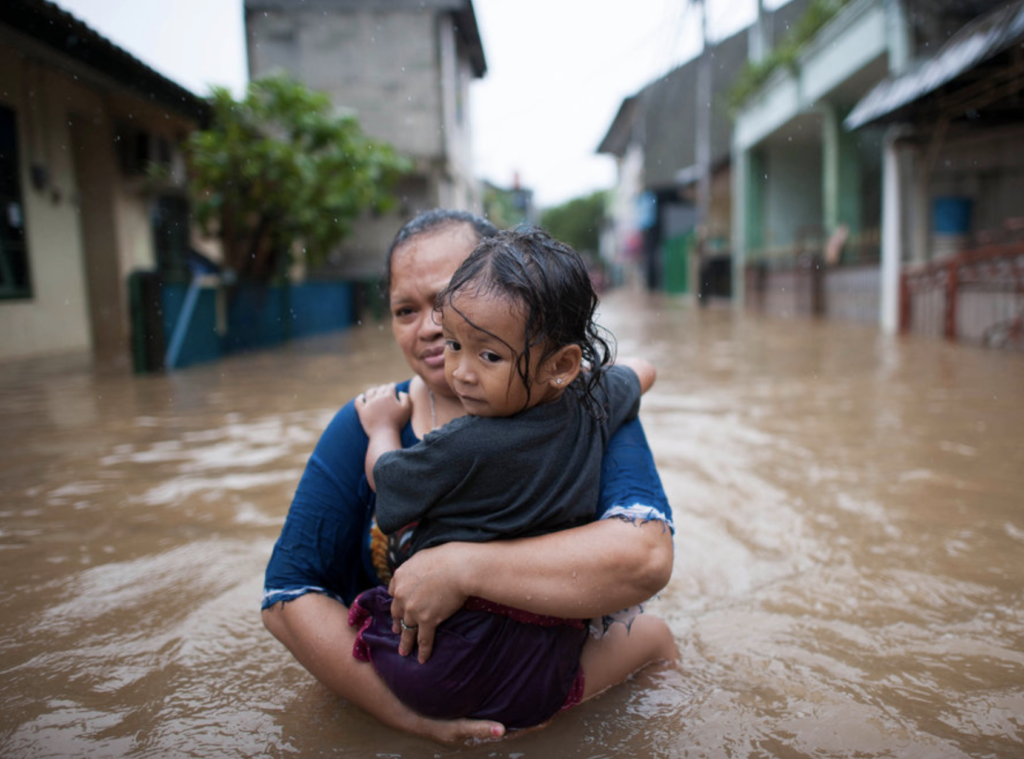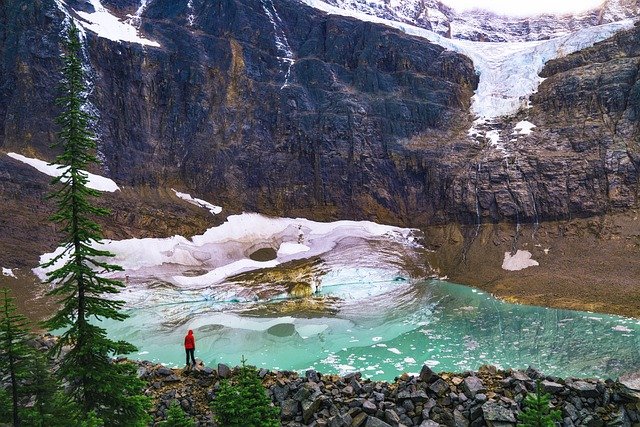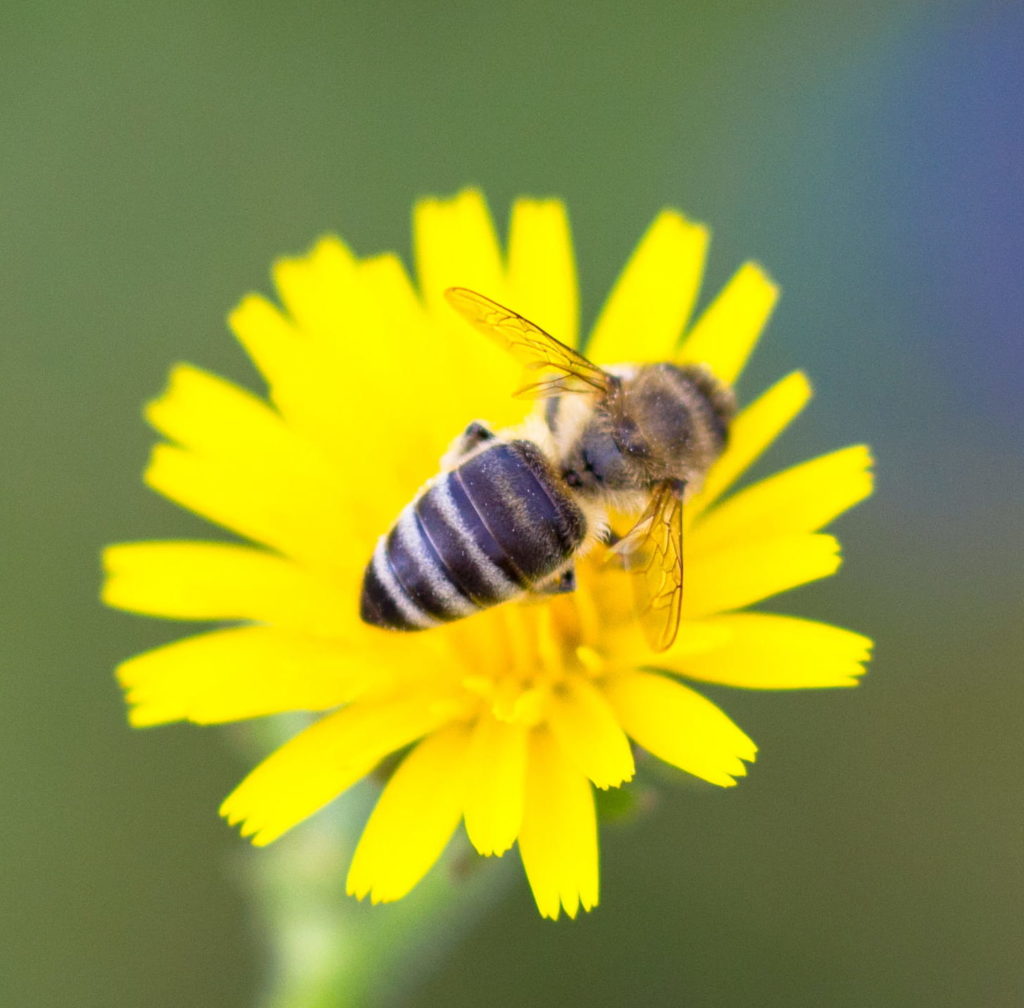Princes Street Primary School Grade 5/6 Yellow

Our Questions
This is an excellent question! And a complicated one to answer because it involves lots of different parts, but let me try! Lots of you might have heard that globally, we are trying to limit global warming to 1.5°C in the next decades. Whilst this might sound like a small number, it actually reflects an average of temperature increases and decreases all around the world. The reason that 1.5°C has been identified is that if we go past this temperature rise the world is likely to experience extreme events such as heatwaves, forest fires and flooding more frequently – but the world won’t be uninhabitable.
The world will not become uninhabitable because we will be able to adapt – already, lots of people are adapting to climate change around the world. For example, in Australia we are managing forests differently to prevent big burn events from happening. Scientists and Indigenous people are working together to reduce forest fires and protect natural environments, wildlife, and people. Australia is also protecting important ecosystems such as the Great Barrier Reef – the National Reef Restoration and Adaptation Program is working to help the reef adapt and recover from the impacts of climate change.
We are long way away from an uninhabitable temperature! It could take many thousands of years for temperatures to be too severe for people to live. But we want to protect people today and future generations from extreme weather events and other impacts of climate change. To do so, people around the world will need to act fast to make changes. If we can manage to greatly reduce global greenhouse gas emissions (such as carbon dioxide, CO2, by driving less or by burning less fossil fuels like coal) we can limit climate change.
There have been quite a few questions asking which countries and which places in the world are most affected by climate change, and about which countries are getting hotter, quicker.
As you know, the effects of climate change are different everywhere. Overall, we are seeing the planet heating, but this has different impacts in different places.
Did you know that climate change is also affecting where rain falls? How windy it is? When and where cyclones occur? There is nowhere on Earth that climate change isn’t having an impact, but the ways that climate change affects different countries depends on lots of different factors, including their geographical location, their exposure to different types of change, the sensitivity of the environment to change, and the capacity of their human population to adapt.
Understanding which is the most affected country depends on the risk criteria you are looking at.
If you wanted to know where the highest number of people are affected by climate change right now, you might think of countries affected by more intense extreme weather events, like Pakistan, Haiti, and the Philippines.
Also greatly impacted are countries with large cities in south-east Asia like Indonesia, and Bangladesh, which are losing coastal land with sea level rise, or countries in Africa affected by drought, like Kenya. If you wanted to know which countries are being faced with becoming unliveable or being lost altogether, you might think of countries in the Middle East reaching 50°C more often, or low-lying islands like Tuvalu, the Torres Strait Islands, and the Maldives.

In Bangladesh, salt water flooding over land has made farming impossible in many areas and finding fresh drinking water challenging.
In other parts of the world, the effects of climate change will be most felt by millions of people in terms of access to water. Many countries rely on water from glacier and snow melt both for drinking water and for agriculture. Countries like the Andean nations especially Peru, Chile, Bolivia, and countries in Southeast Asia that rely on glacier meltwater from the Himalayas could be strongly affected, as glacier ice is now melting faster than ever and less snow is tending to fall in some places – meaning there will be less water available in the long term.
Of course, parts of the planet that are already hot will become much more difficult to live in as it becomes hotter. Tropical areas around the Equator are most at risk here. Tropical areas could be pushed towards the limits of what humans can survive if temperatures rise more than 1.5°C above preindustrial levels. Humans can tolerate dry heat better than they can humid heat. Humans are unable to tolerate what is called a “wet bulb temperature” (that’s a measure of heat and humidity together) of over 35°C for very long. In these conditions, the human body is not able to cool itself down by sweating and such conditions can be fatal. Such conditions may have dire consequences for many animals as well. With temperatures increasing everywhere, this could have very serious consequences as about 40% of the world’s population currently lives in tropical areas. This effect of climate change alone could cause a huge refugee crisis with potentially millions of people displaced by climate change by 2050.
Just in terms of temperature rise, perhaps surprisingly, some of the coldest areas have warmed the most due to climate change. Though the global average temperature rise is currently at 1.1°C above preindustrial levels (and Australia’s average temperate is currently 1.44°C higher than when records began) the Arctic is heating up much more dramatically. Between 1971 and 2019, the Arctic’s average annual temperature rose by 3.1°C, meaning it’s heating almost three times faster than the rest of the planet – with drastic consequences on Arctic ecosystems and Indigenous peoples who call the Arctic home. The following video can help us to visualise which parts of the world have heated up most over the past 140 years, and therefore helps us understand which areas are currently most affected by climate change
While some countries might be worse off than others, and some countries might have more capacity to do something to limit the impacts, climate change is affecting ALL OF US and we all have a responsibility to make a positive difference.
It depends on what the local climate does to the glacier.
In order to understand what it takes for a glacier to disappear, let’s first think about what does it take to keep the size of a glacier constant over time. This depends on climate, in two ways: the snow that accumulates on the glacier in winter with snowfall slowly turns into ice, thus growing the glacier (this is known as accumulation, which stands for `mass gain'); warm summer temperatures melt the ice like an ice cube out of the refrigerator, thus shrinking the glacier (this is known as `ablation’, which stands for `mass loss').
If over one year winter mass gain balances summer mass loss, then the glacier remains of the same size. If winter gain exceeds summer loss, then the glacier grows. If summer loss exceeds winter gain, then the glacier …?
How much exactly the glacier grows or shrinks over one year depends on the difference between winter gain and summer loss. This difference is usually small, and therefore amounts to mass changes from year to year of the order of a small fraction of the glacier total mass.

Ok, so back to your question: how long does it take for one glacier to melt completely? Ultimately, this comes down to how big is the yearly change in glacier mass induced by climate change compared to the size of the specific glacier. So there is no unique answer that applies to all glaciers of the same mountain range: if climate keeps promoting melting, then not all glaciers of the same mountain range would disappear at the same time. Everything else being the same, bigger glaciers would take longer to disappear (but take this just as a rule of thumb: also glaciers with more shaded aspects, or glaciers sitting at higher elevations would survive longer, so it’s not just as simple as size).
Anyways, details aside, and just to give you a sense for what the time scales are: If we think about mountain glaciers (like those in New Zealand or the Himalayas, or the European Alps), the time it takes for a glacier to disappear is anywhere between 10-20 years and 2-3 centuries.
Indeed, why don't we?!
Burning fossil fuels like coal to provide electricity will soon be a thing of the past. Because we now know that they create harmful carbon-dioxide emission, all around the world, coal-fired power stations are being shut down, and new renewable energy industries are being created in their place.
But if you look at Australia, most states are still mostly powered by fossil fuels. Tasmania is a stand-out here - we have almost 100% renewable energy already thanks to our hydropower system. But in Victoria and New South Wales, we still have coal-fired power stations, and governments do not want them to close any time soon. Why not? There are two main reasons. The first is that if we shut them down now, we wouldn't have enough renewable energy sources to provide the electricity we need in their place. The second is that many people have jobs in the coal mining and coal power industries, and if we closed them down tomorrow, whole towns could be out of work.
What we need to do in Australia, and other countries that still burn coal, is to plan a transition from coal to renewables over the next few years. This will help to both replace coal with things like wind, solar and hydropower, and make sure that there are new jobs for people who have historically worked in the coal industry. Doing this sooner rather than later will be better for the planet and for Australia's economy.

What a great question! Bees are so important and you are right that without bees there would be a huge impact because bees are needed to pollinate lots of different types of plants, not just fruit, but nuts and vegetables and seeds.
However, climate change is not the biggest risk for bees, rather chemical use in farms and the loss of home gardens are big impacts for bees. These are things we can help to change! Planting flowers to feed bees in your home and buying produce that has not been sprayed are both very helpful ways to help bees.

Bees don’t just use flowers for food, planting flowering trees as well and keeping things like dandelions can help bees to find food over winter. Climate change may change the types of plants that grow and that can affect bees, especially as the weather gets drier. Bees are certainly important for us to look after and so planting a wide range of plants in your garden (or in pots) is very helpful to feed the bees.













